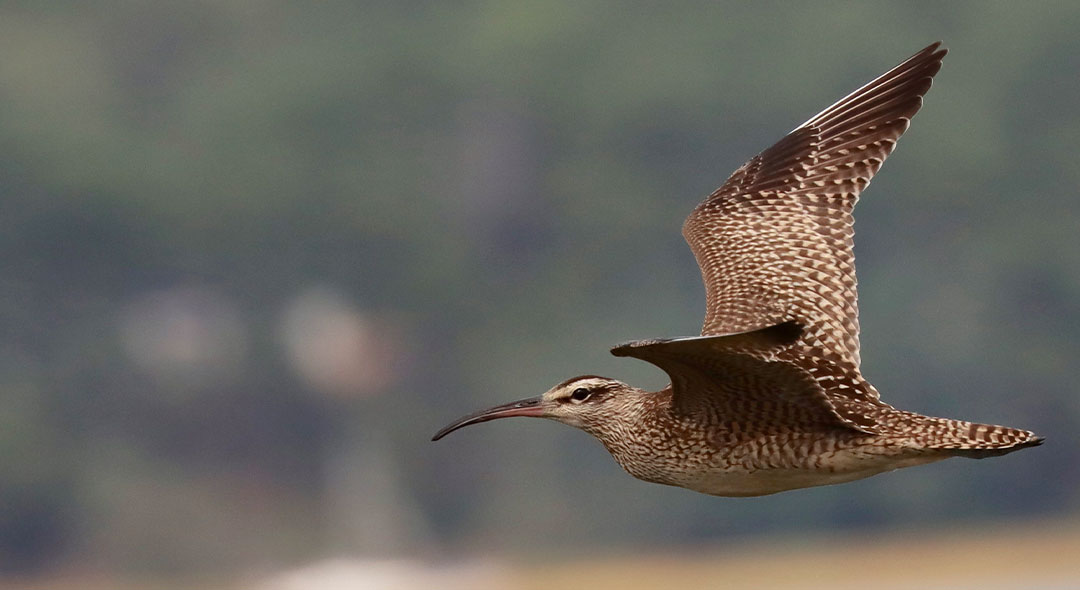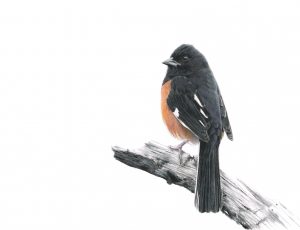2019 was a significant year. It marked the 50th anniversary of the historic moon landing, Woodstock, and of course, the establishment of the Manomet Bird Observatory (now Manomet, Inc.). It was also the year that the evidence that birds are disappearing from our backyards, our forests, and our grasslands became incontrovertible; the journal Science published a study showing that we’ve seen a significant decline in North American bird populations since 1970.
The study’s authors, with contributors from organizations including the Cornell Lab of Ornithology and American Bird Conservancy, collected data from several long-term monitoring projects, including Manomet’s International Shorebird Survey, to generate population estimates for over 500 bird species in the continental U.S. and Canada. These data indicate a reduction of nearly 30%, or nearly three billion, of birds’ standing population size in North America. The study calls this a “long-developing but overlooked biodiversity crisis in North America,” and that there is an “urgent need to address the ongoing threats of habitat loss, agricultural intensification, coastal disturbance, and direct anthropogenic mortality, all exacerbated by climate change, to avert continued biodiversity loss and potential collapse of the continental avifauna.”

Since Manomet, Inc. was founded, data collection and monitoring of birds has been conducted at Manomet’s Plymouth headquarters. The Landbird Conservation Program has been in operation since 1969—50 years of running a banding station not only makes Manomet’s operation the longest-running on the east coast of North America, but also provides a detailed, consistent map of how migratory landbirds have changed over the course of five decades. “I’ve said it many times before: birds are important environmental indicators,” says Trevor Lloyd-Evans, Manomet’s Landbird Conservation Program Director for nearly 50 years. “If they don’t like something in their habitat, they vote with their wings and fly away. Our data show a more detailed look at how birds are changing, but the big picture is, yes, we are seeing an overall decline in many species.”
In September 2019, a study published in PLOS ONE, authored by Dr. Matthew Kamm and Dr. Michael Reed of Tufts University, and Lloyd-Evans and Maina Handmaker of Manomet, showed that more than 60% of the 72 species analyzed as part of the study are showing significant declines during both spring and fall migration with fewer than 15% increasing. These findings came from data collected at Manomet’s banding lab over the course of its 50 years in operation; which, while depicting a general trend in population decline, also provides some more detailed, species-level narratives to show what’s really happening to our landbird populations.





 Back to all
Back to all

